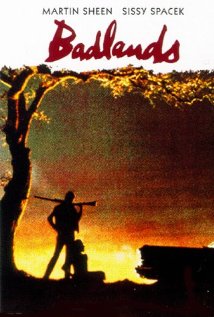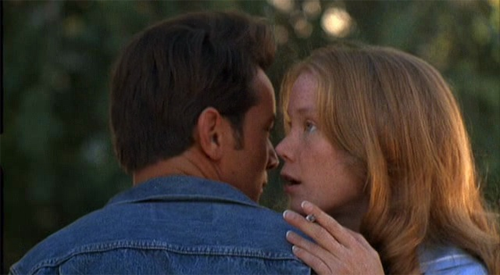Partly Fiction/2013/Adopt Films/77 min.
 At 87 years old, Harry Dean Stanton is just as interesting to watch as he was 50 years ago, when he first started appearing on movie screens.
At 87 years old, Harry Dean Stanton is just as interesting to watch as he was 50 years ago, when he first started appearing on movie screens.
Perhaps that’s because the actor and veteran of neo noir has a look — like Keith Richards of the Rolling Stones — that ages for sure but never really gets old, no matter how many decades pass. Classically handsome, not so much but Stanton’s rugged, weathered face is singularly expressive. Or as Sam Shepard puts it in a wonderful new documentary on Stanton: “His face is the story.”
Directed by Sophie Huber, “Partly Fiction,” is an of-the-moment glimpse into an iconic actor’s oeuvre and a mysterious man’s heart. Through interview footage, clips from some of his 250 films and his own renditions of American folk songs, we see a loner, an artist and a Hollywood survivor. Stanton is someone who has been steadily successful on his own terms in a cut-throat industry famous for using, abusing and discarding talent. Maybe his secret is he doesn’t seem to take Tinseltown or himself too seriously.
At least that was my impression as Stanton discussed his early days, working with his friends, acting greats Marlon Brando and Jack Nicholson. We see him at home and at a longtime hangout, Dan Tana’s in West Hollywood as he talks a bit about his roots in West Irvine, Ky., the craft of acting and a relationship that left him “broken-hearted.”
Offering their takes are on what makes Stanton tick along with Shepard are David Lynch, Wim Wenders, Kris Kristofferson and Debbie Harry. Seamus McGarvey provides luminous camerawork (black and white at Stanton’s home, color when he ventures out).
“Partly Fiction”’s story is rich, resonant and real.
“Partly Fiction” opened Wednesday in New York. It opens today in LA with select cities to follow. Director Sophie Huber and Harry Dean Stanton will be doing a Q&A tonight (Friday, Sept. 13) following the 7:30 p.m. show at Landmark’s The Nuart in West LA.























From FNB readers